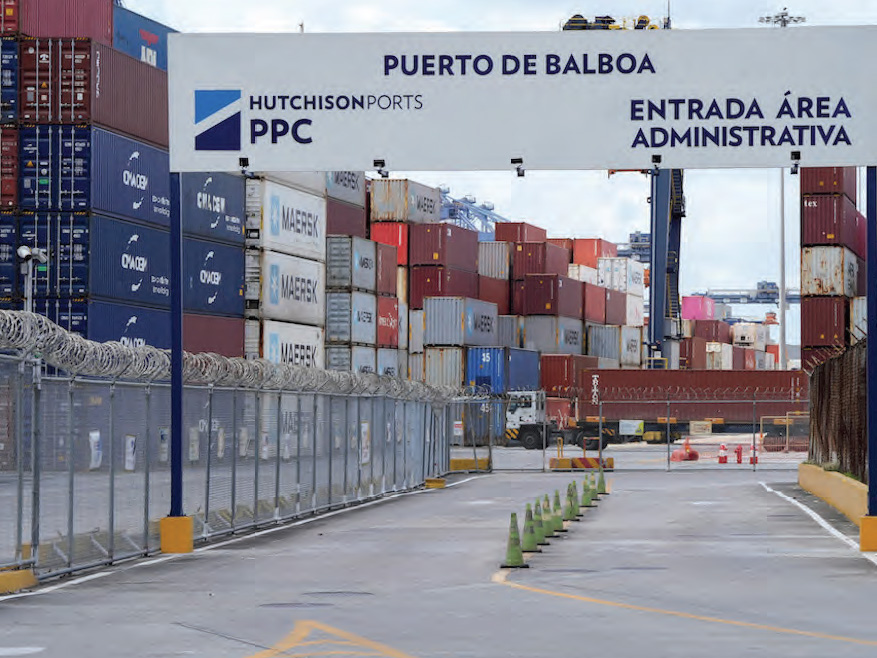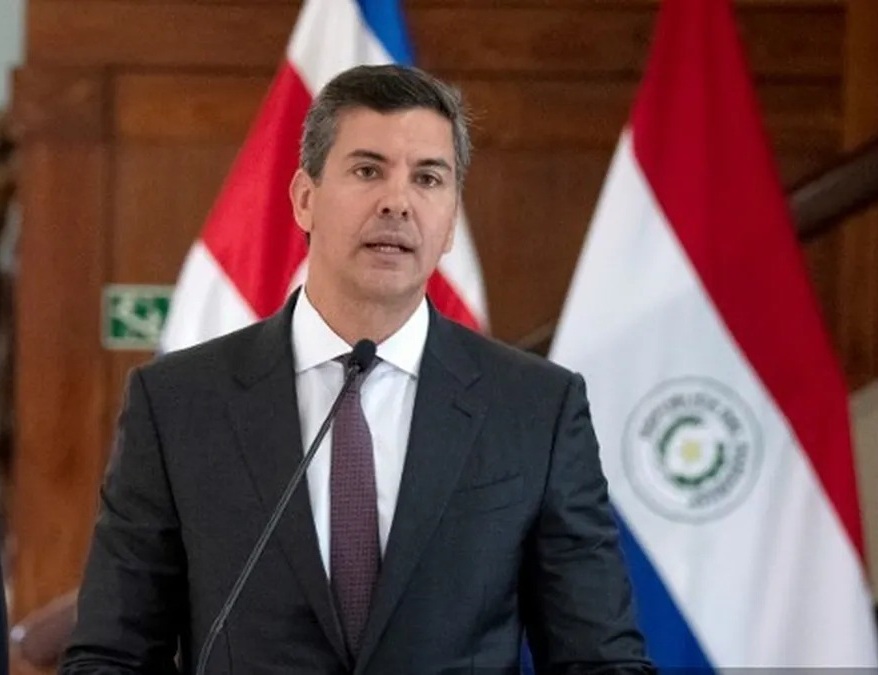ENVIRONMENT: Fools errand stalls economic opportunity

By Deborah A. Sivas
DURING its first few months in office, the Trump Administration set out an ambitious roadmap for rolling back environmental and energy regulations, particularly those adopted during the Obama years. Purportedly the idea is to unchain the economy from environmental shackles and foster a climate of regulatory certainty for businesses.
In truth, the policy rhetoric coming out of the White House may well be creating the opposite effect.
Fortunately for industries of the 21st century and the fate of the planet itself, Trump’s bark is likely to be larger – perhaps much larger – than his ultimate bite.

Let’s take a concrete example. A month after his inauguration, President Trump signed an executive order directing the administrator of the U.S. Environmental Protection Agency (EPA) to review and potentially “rescind or revise” an Obama-era regulation defining the term “waters of the United States” under the Clean Water Act (CWA). Such orders have no teeth; administrative agencies must take action to give them real-world legal effect.
In June, EPA Administrator Scott Pruitt, who, as Oklahoma attorney general, sued in 2015, to block this very Obama rule, obliged. He issued a proposal to rescind the new “waters of the United States” definition and reinstate the pre-Obama definition. In announcing this proposal, EPA stated that the rescission “is intended to ensure certainty as to the scope of [Clean Water Act] jurisdiction.”
To understand what’s wrong with this proposal, we need to take a step back. The Clean Water Act is America’s bedrock water quality law, designed both to reduce pollution and to protect rivers, lakes and wetlands from destruction.

But the law only reaches “waters of the United States” – a phrase that Congress did not define. That task has fallen to the courts, and on a number of occasions landed in the lap of the U.S. Supreme Court.
The Supreme Court’s most recent case on this issue only muddied the waters. In 2006, the Court issued a ruling that consisted of five separate written opinions. Four conservative justices voted for a narrow definition, four liberal justices voted for a broader definition, and Justice Kennedy – the deciding vote – proposed yet a third definition. This confusing result left both regulators and those who follow regulations more uncertain than ever about which waters are covered by the law.
In response, the Obama EPA set out to develop a rule that would provide more clarity and certainty. It engaged in an extensive multi-year outreach and received more than a million public comments. Interested parties from virtually every perspective participated. The resulting rule, in which no party got everything it wanted, was accompanied by 50 pages of explanation to help guide those who must comply with the law.
This is the rule that Mr. Pruitt now wants to rescind. If the Trump EPA makes good on its proposal to reinstate the previous regime, even temporarily, those who implement the law and those who must follow it face years of more uncertainty.
First, the rescission itself will undoubtedly be challenged in court. Second, to replace the rescinded rule with something new, the administration must go through a new rule-making process, one that will likely take significant time. Finally, any new definition at the end of that process will draw its own protracted legal fight. In the meantime, we’ll be stuck with the previous case-by-case approach that everyone agrees is unworkable.
A similar drama is unfolding in the climate space. President Trump’s two executive orders on energy policy directs agencies to review all rules that “potentially burden” domestic energy production and directs the EPA to open vast swaths of U.S. coastal waters to offshore drilling, a historically controversial and much-litigated idea.
The centerpiece of the Obama Administration’s strategy to comply with the Paris Climate Agreement – the Clean Power Plan is, of course, under threat from President Trump.
Years in the making, and like the water rule, vetted through an expansive stakeholder outreach and public process, the Clean Power Plan will not get the United States to its Paris targets. But it is a first step that gives states a significant hand in developing their own strategies for moving toward a low-carbon economy.
In the end, Trump is on a fool’s errand to unravel a decade of slow but steady progress toward a clean energy economy. The world – and yes, even the United States – is inexorably transitioning away from fossil fuels. That transition will require global retooling of technology and infrastructure in every sector – power generation, transportation, military, industrial, commercial, residential.
Opportunities

If Trump wants to translate the economic populism message of his campaign into real economic opportunity, the place to start is with policies that foster energy innovation in the private and public spheres and provide businesses and consumers with the certainty they need to make sound investment decisions.
Forward-thinking businesses and policymakers would be smart to ignore Trump’s misdirected executive orders and silly Tweets and plan, instead, for the transformative economy headed our way. Looking backward can only bring chaos and heartache.
Deborah A. Sivas is the Luke W. Cole Professor of Environmental Law at Stanford Law School, where she serves as Director of the Environmental Law Clinic, Director of the Environmental and Natural Resources Law & Policy Program, and Senior Fellow at the Stanford Woods Institute for the. Professor Sivas’s litigation successes include challenging the Bush administration’s gas mileage standards for SUVs and light trucks and holding the U.S. Environmental Protection Agency accountable for regulating the discharge of invasive species in ship ballast water.





